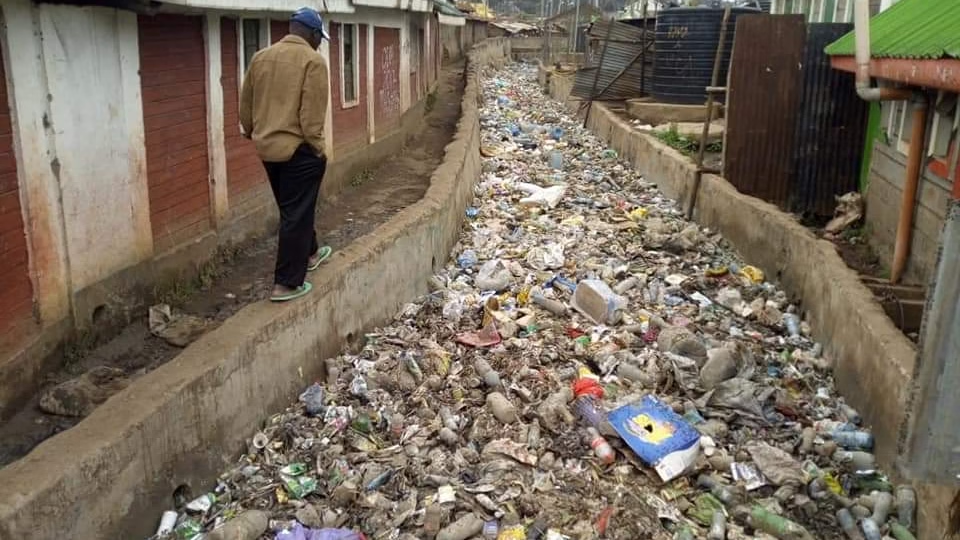
Kenya is a country full of promise, but it’s also one that faces many serious social challenges. Across both urban and rural areas, children are dropping out of school to mine gold, teens are becoming parents before finishing school, and young adults are stuck without jobs. These issues are not isolated; they’re all connected, creating a cycle that is hard to break.
Let’s take a closer look at some of the biggest challenges affecting communities in Kenya and what can be done to change things.
In Siaya County, gold mining continues to pull children out of classrooms. The promise of quick cash tempts many students, especially boys, to abandon their studies. They end up working with dangerous machinery or hauling rocks, thinking this is the only way to support their families. For many, school starts to feel less important.
Girls face their own set of challenges. Some drop out of school to take care of their personal needs due to poverty. Others become pregnant after being taken advantage of by men at the mining sites. In some cases, girls trade gravel or stones for money or favors, often leading to early pregnancies and broken dreams.
Teenage pregnancy is still far too common. Without access to reproductive education and support, girls start families before they’re ready. This leads to more poverty, as young mothers often lack the knowledge and resources to raise children. Their education ends too soon, and the cycle continues with the next generation.
Then there’s youth unemployment. Every year, thousands of young people finish school or university, only to find that there are no jobs waiting. Many turn to casual labor, the ‘hustle’ economy, or fall into frustration. Some even turn to drugs as an escape.
Substance abuse has quietly become a crisis. Around campuses, it’s easy to find alcohol, marijuana, and even harder drugs. Many students use these substances to cope with stress, loneliness, or depression. Yet, there is still a lot of stigma around mental health, and help is hard to find.
The quality of education is also uneven. In rural areas, students walk long distances, study in overcrowded classrooms, or lack access to electricity and the internet. This makes it harder to compete with students in urban areas. The digital divide is real and growing.
Gender inequality is another barrier. In some communities, girls are still expected to cook, clean, and marry early. They’re not always encouraged to pursue school or leadership. And even when they do, they face discrimination in the workplace or earn less than men.
So, what’s the way forward?
Parents need to understand that education is more valuable in the long run than a quick day’s wage. Communities must have honest conversations about how child labor, early pregnancy, and school dropouts hurt everyone. The government must offer more support through scholarships, better schools, and stronger enforcement of labor and education laws.
We also need to address mental health more openly. Students should have access to counselors and safe spaces. Families should be supported with resources, training, and opportunities that make it easier for kids to stay in school.
Finally, media pages like Roro Media can play a powerful role. By sharing real stories and giving people a platform to speak, the media can educate, inspire, and push for change.
Kenya’s challenges are big, but they’re not impossible to overcome. With collective effort, we can build stronger, more educated, and more hopeful communities for the future.

